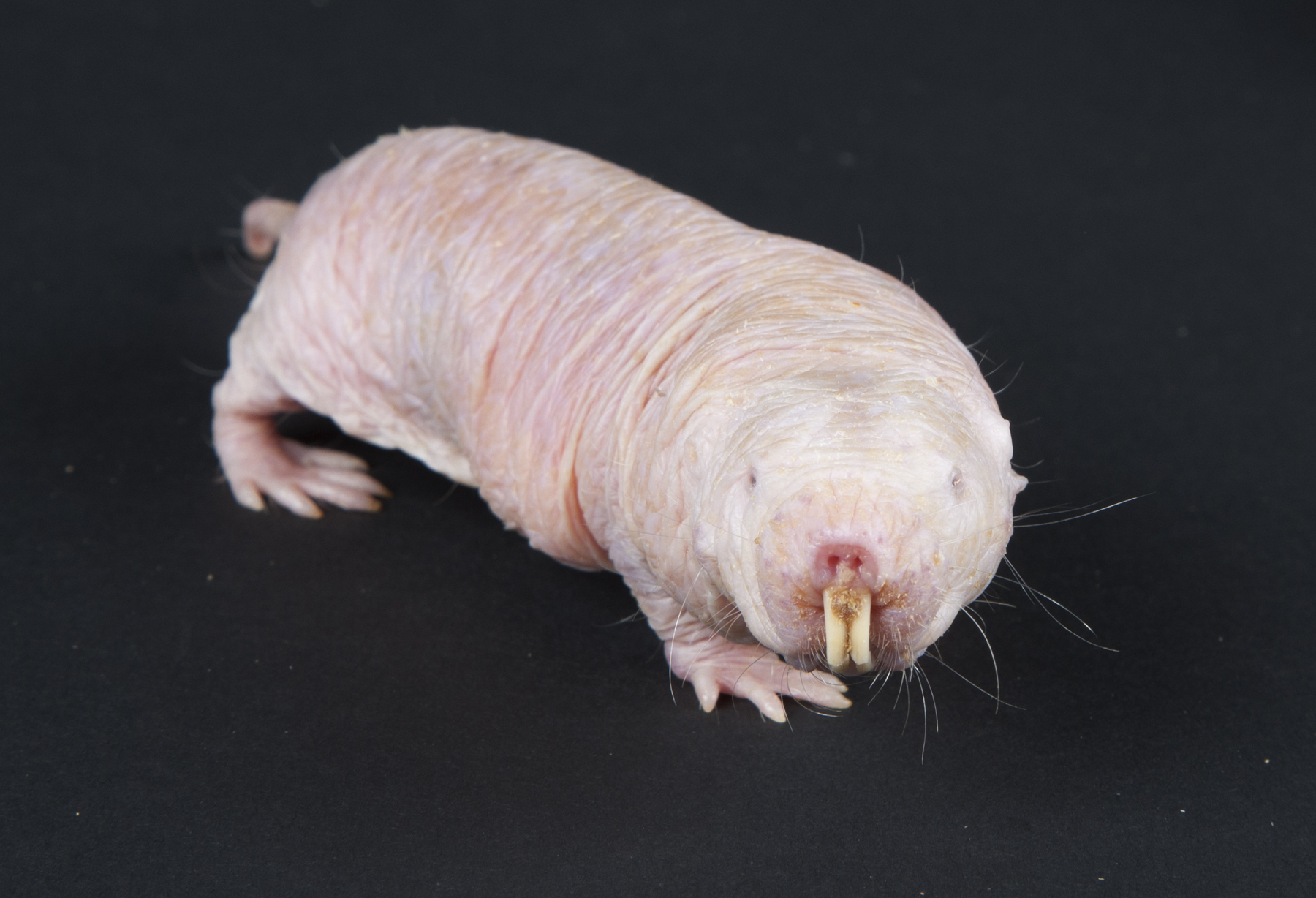“A dog is a man’s best friend.”
Though a seemingly overused phrased, it does have its importance. Not only towards dogs, but towards all animals, be them little critters or large. Why? Let me ask you this question. Was there ever a time in your life when you felt extremely emotionally depressed and stressed out, but didn’t know how to fix it? The answer is simple really. Animals. (Read on, and I promise you’ll find out why).
According to a research published in the PLoS ONE journal from the University of Queensland, Australia, it was discovered that animals have the ability to

Puzzle pieces (Source: Flickr – Julianaorihuela)
increase social behavior in children with autism spectrum disorder (ASD). Basically, ASD is a brain development disorder that affects and impedes difficulties on individuals specifically in social interaction, verbal and nonverbal communication, and repetitive behavior. Although ASD does affect the individual intellectually as well, it has been documented that some individuals have excelled in categories such as visual skills, music, math, and art, regardless.

A guinea pig being held up. (Source: Flickr – Petspantry)
Marguertie O’Haire and her colleagues, the researchers conducting this study, wanted to compare whether or not animals would play out better results than toys. Thus, guinea pigs were brought to a classroom of children with ASD, ranging from ages 5 to 13. The goal was to find out how these children would interact with adults and other peers in the presence of animals versus toys.
The study observed that these children demonstrated more social behavior, such as speaking to adults and peers, and making more physical contact.

A person smiling (Source: Flickr – Daniayu)
Interestingly enough, interaction with the guinea pigs also induced more cases of smiling and laughing among children, whilst a decrease in the instances of frowning, whining and crying behaviors was evident. These results definitely outplayed the results of the behaviors observed when they were simply given toys to play with.
From this study, along with previous studies, animals have been suggested to exert a “social lubricant” effect on humans that can make us less anti-social and more open. It could prove to be exceptionally helpful towards individuals that may have emotional disabilities, emotional anxieties and stress.
Personally, as a busy student taking five courses currently, I haven’t omitted the idea of actually getting a guinea pig. (I’ve always loved guinea pigs, though I was never allowed to have one). They definitely would help to relieve my stress. Sometimes, we all just need to take time off to relax and have fun with some animals. For those (like me) without the privileges of getting one yet, head over to the Wellness Centre and attend the pet visits, provided by Pets and Friends at the Irving K. Barber Learning Centre! What are you waiting for!

Jasmine – “Come visit me at the Wellness Centre!” (Source: UBC Wellness Centre)
– Miranda
Source: http://www.sciencedaily.com/releases/2013/02/130227183504.htm



















